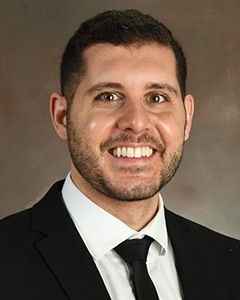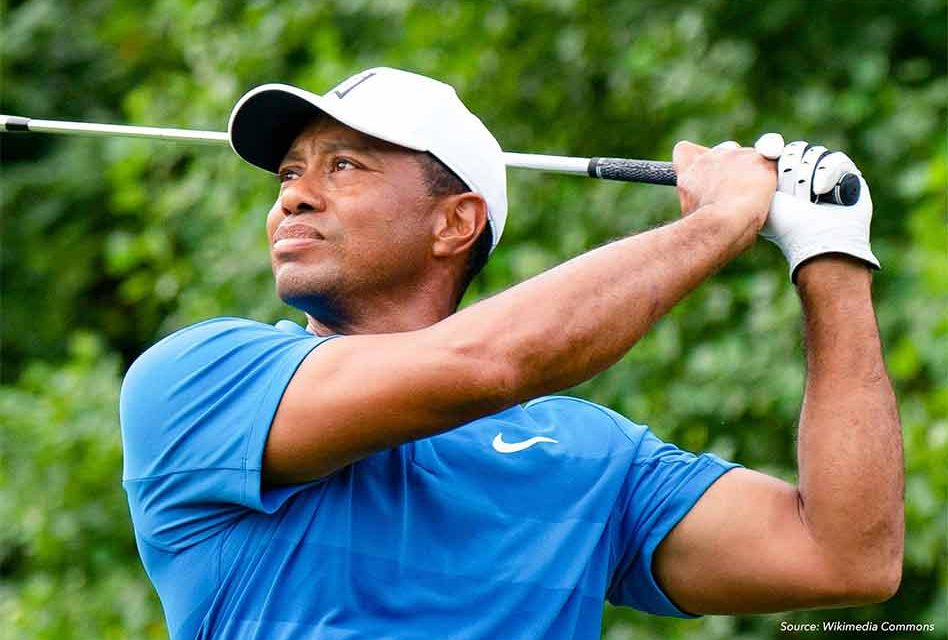
Orlando Health
Michael V. Jablonski
MD Orthopedic Surgery

Orlando Health
Mohamed K. Shaath, MD
Orthopedic Surgery
“Comminuted open fractures affecting both the upper and lower portions of the tibia and fibula bones were stabilized by inserting a rod into the tibia,” Dr. Anish Mahajan, chief medical officer, and interim CEO at Harbor-UCLA Medical Center said in a statement posted on Woods’ Twitter account.
The extent and severity of Woods’ injuries offer some insight into the importance of orthopedic surgery and proper rehabilitation, especially for high-level athletes like Tiger Woods.
How Bad Are Tiger’s Injuries?
When a patient comes into the emergency room, orthopedic injuries — especially open ones — are the top priority, right after what surgeons call the “ABCs” — airway, breathing, and circulation. In the case of open fractures, when the bone was exposed to the air, surgeons must thoroughly wash the wound before any repair can begin. Infection is a major concern at this point.
Woods also suffered compartment syndrome, or soft-tissue trauma, which required surgical release of the fascia — the tissue surrounding the muscle — to relieve pressure and swelling. It is important to treat this issue and perform the fasciotomy urgently. If orthopedic surgeons don’t act quickly, the pressure and bleeding from the muscle swelling can damage the nerves, veins, and arteries in and around the muscle, which can be limb- or life-threatening. In this case, the orthopedic surgeons performing the surgery were primarily concerned with salvaging Woods’s leg.
More concerning than Woods’ leg injury is the injury to the ankle. Injuries to joint areas can result in significant loss of mobility and residual stiffness. Orthopedic surgeons need to set all the bony fragments of the ankle to heal properly for the long term. If they don’t, patients can have a change in their gait, which is particularly problematic for athletes.
Recovering from Major Orthopedic Trauma
Woods’ immediate surgery following the accident likely won’t be his last. The rod placed in Woods’ tibia will allow him to stand until the bone fully heals. Once the bone heals, the rod will remain in the leg. The screws and pins placed in Woods’ leg will likely be replaced with new ones once the initial injuries have stabilized. Typically doctors will check a patient’s leg for good blood flow and nerve structure before recommending additional surgeries.
Tiger Woods’ recovery is going to be a long road — potentially a year or more — made all the more complicated because of the joint fracture. After his likely multiple surgeries, there will be a period of non-weight bearing healing, which can be up to 3 months for proper range of motion, and because of that, muscle loss. Anyone healing from these types of injuries is going to suffer stiffness, so physical therapy will be vital to recover range of motion and strengthen the muscles.
Woods’ status as a high-level athlete means that after his physical therapy is complete, he’ll need to get back to his sport-specific training in order to compete at a high level again, which could take quite a while after his initial rehab.
The Future of Tiger’s Golf Career
Every sport requires excellent joint function, and golf is no exception. Golf players use their legs and ankles to stabilize their swing. Players rotate through their spine and hips, then through the knees and ankles for the swing’s follow-through. Even though a golf game doesn’t require the same types of movements as high-impact sports like basketball or soccer, golf players’ bodies undergo a lot of stress and torque throughout the game — not just the act of swinging the clubs, but a lot of standing and walking, too.
”
As of now, the focus is on Woods’ healing process, not his golf game. But in the past, several famed golfers have suffered leg injuries and have rehabbed to come back to the game to play at a very high level. Woods has been through a lot of injuries and surgeries already — to his knees and spine, specifically — and has returned to the fairway strong. Whether his fractures heal correctly will mean everything for Woods’ future in the sport. Proper joint function is essential for Woods to get back at the top of his game.

















